Two Weeks in Review [Oct 2024]
By Claudia Nyon, research@segi-enam.com
Our researchers have been tracking Southeast Asian commodities and “green” supply chains for over 15 years, and have worked in the financial sector. There is a great deal of interest in palm oil, as its supply is heavily dominated by Indonesia and Malaysia, the two core producing countries. We are also keeping a close eye on smallholders and on Thailand as the low-carbon export capability from these segments is fascinating. Our principal, Yu Leng, keeps in good contact with industry networks in the region (including in Singapore, Kuala Lumpur, Jakarta and Bangkok) and with trade partners across the globe.
Here is a summary of some key reporting for PalmTrack Subscribers, starting with the most recent posts.
Vessel updates are catching up. Port watch is targeted for the second week of each month, rainfall in the third week and vessel watch in the last week (and our breaks are in July-Aug and Dec).
The #PalmTrack Weather Update on 24 October 2024 highlights significant rainfall patterns and climate conditions affecting palm oil regions in Southeast Asia:
Mid-Sep to Mid-Oct: Kalimantan and northern Sumatra experienced over 300 mm of rain. A potential La Niña is on the horizon. Sabah (Malaysia) areas like Kudat and Sandakan are warned of 500-600 mm monthly rainfall for December and January.
30 Days to Mid-October: Intense rainfall across northern Johor to Selangor (Malaysia) and much of Sarawak, receiving up to 400 mm. Sumatra (Indonesia) faced even heavier rainfall, with some regions getting up to 700 mm. Lampung was notably drier with less than 100 mm.
Australia's BOM Outlook is for ENSO (El Niño-Southern Oscillation) and IOD (Indian Ocean Dipole) are neutral, but La Niña is being watched, expected to be weak and short-lived. Meanwhile, from ASMC we note that dry conditions have caused hotspots in Central and South Kalimantan, as well as parts of Sumatra.
The #PalmTrack Analysis & Expert View, 22 October 2024, highlights challenges and developments in the biodiesel and sustainable aviation fuel (SAF) sectors:
Regional Biodiesel Challenges: Biodiesel in Southeast Asia is facing difficulties. Thailand and the Philippines have lowered mandates, while Malaysia struggles despite promoting palm oil. India is exploring a B6 biodiesel blend, and China’s surging used cooking oil (UCO) supply is causing angst. ASEAN lacks biodiesel trade and needs insufficient government cooperation and targeted subsidies.
SAF and HVO Oversupply: A major renewable diesel (RD) and SAF player shut down a plant for Q4 due to an oversupply of SAF and hydrotreated vegetable oil (HVO), with storage maxed out. The U.S. market faces challenges in 2025 with changes in tax credits and eligibility.
Singapore’s Biodiesel Landscape: Singapore lacks a formal biodiesel policy, and although it’s available at some pumps there remains no mandate. Alpha UCO and Neste RD operate there, though they don’t produce biodiesel. Singapore Airlines recently purchased 1,000 tonnes of SAF, but Neste produces 6,000 tonnes daily.
The #PalmTrack Analysis & Expert View, 14 October 2024, highlights a decline in Malaysia's palm oil consumption due to biodiesel challenges under the country’s move to curtail massive diesel leakages:
Palm Oil Consumption Drop: Malaysia's palm oil consumption has dropped, particularly in Peninsular Malaysia, with a 30% decrease (as predicted). Experts confirmed this is linked to reforms curbing large-scale diesel subsidy leakage in the Peninsula.
Biodiesel Reduction Due to Diesel Reforms: Diesel reforms in Malaysia could reduce palm biodiesel usage by 15-30%, affecting large-scale flows to Thailand. While subsidies remain for fleet owners, high-income earners will be phased out. Further reforms targeting fishermen could hit biodiesel usage even more.
From May to August 2024, #PalmTrack interviewed experts on their ASEAN biodiesel outlook, in our 11 October 2024 report:
Key topics include Indonesia's potential B50 mandate, the Philippines' 3% CME push, and Malaysia's diesel subsidy reforms affecting palm FAME.
The biodiesel industry faces challenges like EU/US restrictions, limited regional collaboration, feedstock access issues, and competition from sustainable aviation fuel (SAF). Upcoming regulations, such as Indonesia’s palm oil export limits and PFAD phase-out, could further add pressure to the market.









